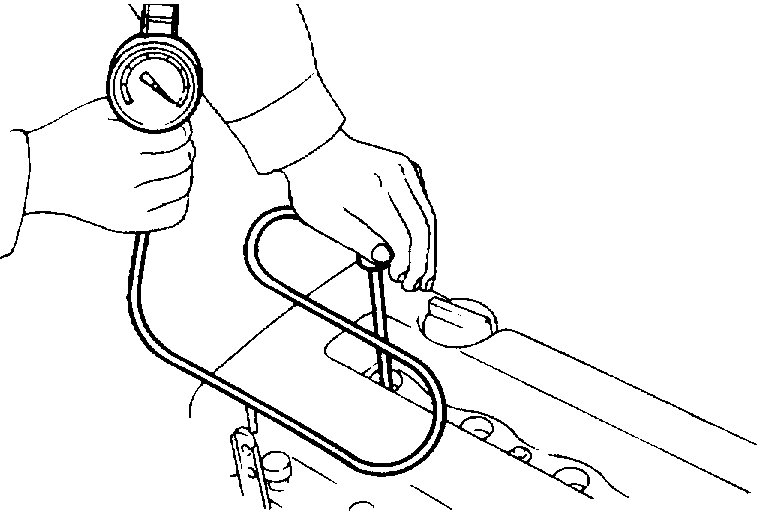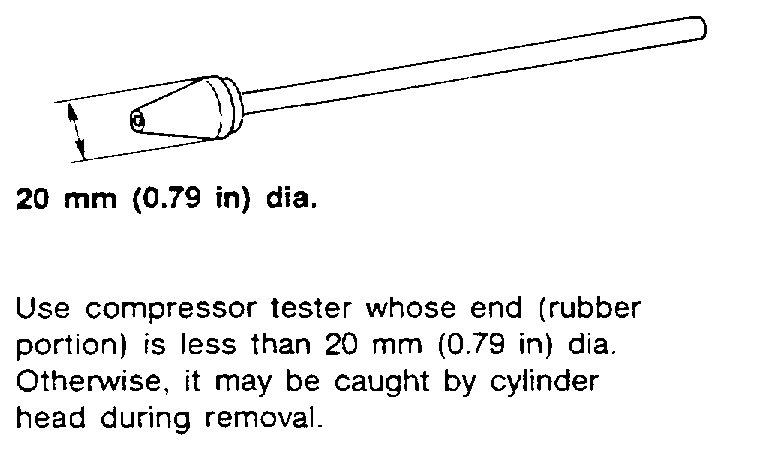Welcome to 2CarPros.
Was it running prior to the plugs and wires? The code deals with an intake valve timing control issue. That, however, can cause a rough idle or loss of power, but it should run.
The the solenoid that adjusts intake valve timing is actuated by oil pressure, so make sure the oil is clean and full.
Next, have you confirmed timing? You may have a jumped chain. Also, if you have spark and fuel, it should run unless timing or compression is compromised. Let me know more details. Did it die all at once? Was it running prior to the tune up? Will it start for a few seconds if you use starting fluid?
If you have fuel and spark, I would suggest starting with checking engine compression.
https://www.2carpros.com/articles/how-to-check-fuel-system-pressure-and-regulator
_________________________________________________________________________________________
Here are directions specific to your vehicle for testing compression. The attached pictures correlate with these directions and the manufacturer's specs are included.
COMPONENT TESTS AND GENERAL DIAGNOSTICS
Picture 1
1. Warm up the engine, turn ignition switch "OFF" and release fuel pressure.
2. Remove all spark plugs and disconnect distributor coil connector.
3. Attach a compression tester to No. 1 cylinder.
4. Depress accelerator pedal fully to keep the throttle valve wide open.
5. Crank the engine and record the highest gauge indication.
NOTE: Always use a fully-charged battery to obtain the specified engine speed of 350 RPM.
6. Repeat the measurement on each cylinder.
Picture 2
7. The standard compression pressure should be 1373 kPa (199 psi.) The minimum allowable pressure is 1177 kPa (171 psi). The difference limit between cylinders is 98 kPa (14 psi).
8. If the compression in one or more cylinders is low, pour a small amount of engine oil into cylinders through spark plug holes and retest the compression.
NOTE:
- If adding oil helps compression, piston rings may be worn or damaged. If so, replace piston rings after checking piston.
- If pressure stays low, a valve may be sticking or seating improperly. Inspect and repair valve and valve seat. If the valve or valve seat is damaged excessively, replace as necessary. If compression stays low in two cylinders that are next to each other the cylinder head gasket may be leaking, or both cylinders may have valve component damage. Inspect and repair as necessary.
Let me know what you find.
Joe
Images (Click to make bigger)
SPONSORED LINKS
Wednesday, March 13th, 2019 AT 6:29 PM






